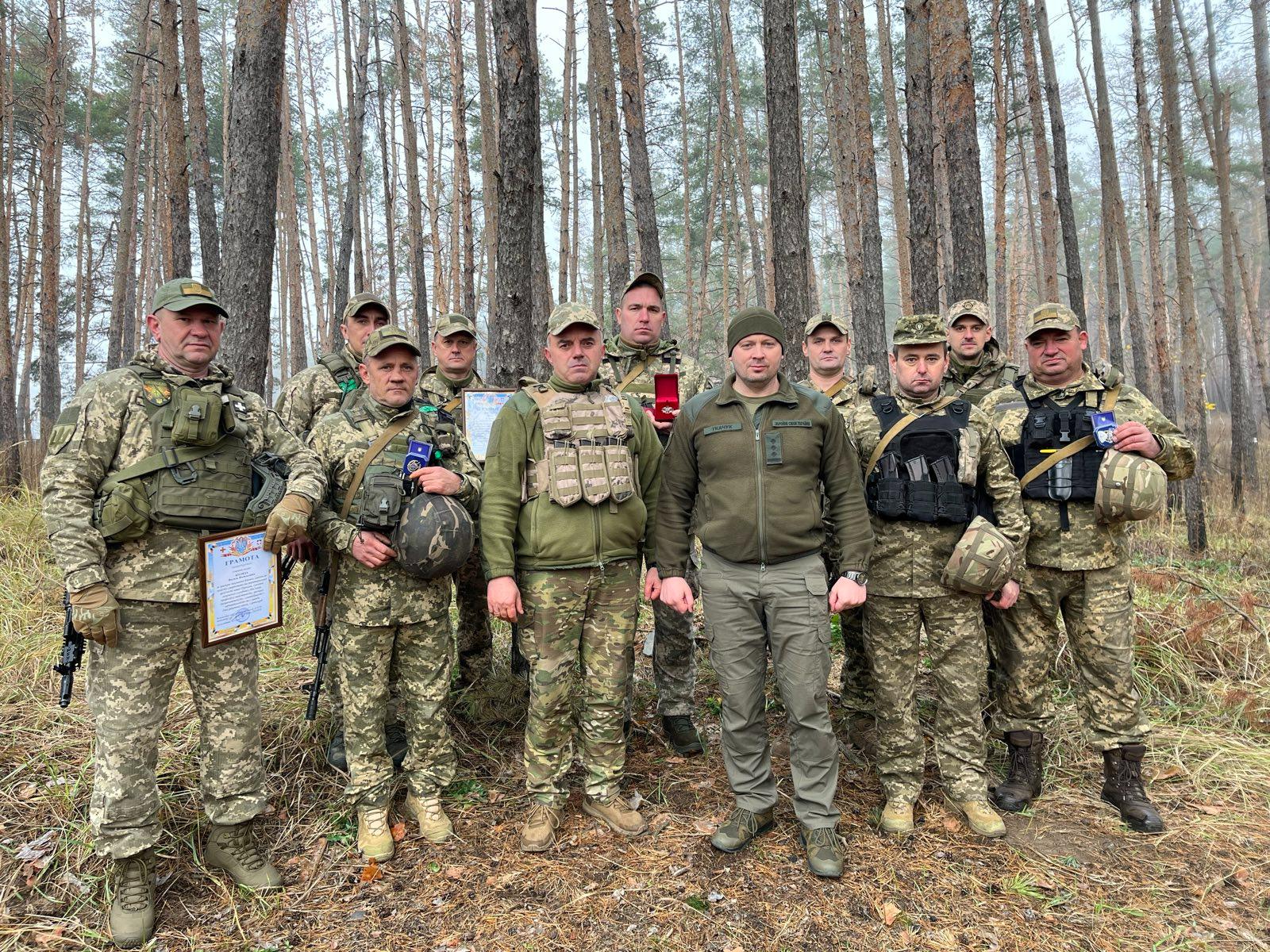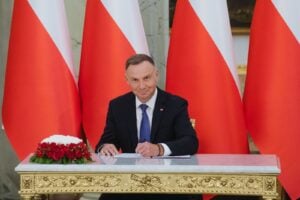Whether it is advisable to make TRO brigades mechanised. Analysis of the situation on the example of the legendary 100th Brigade from Volyn
16 April 2024 13:55
At the end of March, the 100th TRO Brigade from Volyn was reorganised into the 100th Mechanised Brigade.
The first step in the rearmament of the light armoured brigades into combat units is a very significant moment, and it is important that this process affects the most trained and battle-hardened units.
Some of them are taking part in battles in the most tense areas – near Bakhmut, in the area near Lyman, in Serebryansk forestry (the famous “Forest of Miracles”), and in Bilohorivka.
The unit will receive tracked or wheeled vehicles and Ukrainian-made self-propelled guns. The sapper company will be deployed to the sapper battalion, and the battalion is recruiting for the UAV strike company – a sharp increase in both firepower and organisational structure.
In principle, this was a long time coming – you cannot have a 6-battalion structure (including 3 motorised battalions and 3 rifle TROs) and only one battery of 120 mortars as fire support for two years of a difficult campaign.
It will not be possible to go out with the Come Back Alive mortars or other volunteer projects alone.
The TRO should at least become a motorised unit with artillery and a mortar battery per battalion.
Because the tasks they perform have long been army-wide.
After all, the units that are putting up the curtain in the north in Chernihiv and Sumy regions also need reinforcement.
And we need to ensure rotation where the enemy has not small groups, but columns, even if they are outdated T-55s and BMP-1s. This may be more than the light infantry can handle.
The first thing that should be noted is the Bohdan division. Despite the fierce campaign of attacks on the military-industrial complex throughout the winter, our plants have reached the pace of 8 vehicles per month. All things considered, this is due to cooperation with enterprises abroad and decentralisation with dispersion. This is, for a second, the pace of France with its Caesars. You can’t say “bad” to a good thing.
Of course, we need more, because the fighting is on our territory, and it is we who must mobilise industry and people, not the French.
But 96 vehicles a year – you can count on one hand the countries that can do that.
Moreover, in an interview with the director of Ukrainian Armour, he said that they were producing cabs for Bohdana and wanted to reach 10 units per month.
“The four-axle Tatra T815-7 has already been tested in the war as a carrier for the Neptune missile system. Its armoured hull can withstand debris, and its wheel can detonate a 6kg mine without killing the crew.
This is a good choice in terms of localisation capabilities and the number of countries that use them (spare parts and surplus market).
“Bohdan is actively preparing to counter drones by equipping them with dome radar and factory-made grids.
Unlike ATGMs with a top-mounted fuze, the FPV has a contact fuze or simply a PG-7B bolted to the fuselage.
It is here that the grilles can break the play and prevent the formation of a cumulative jet.
A battalion of drones. Today, our UAVs are not just eyes, although artillery guidance is a priority, in my opinion.
These are flying ATGMs capable of penetrating the most advanced tanks by attacking from the upper hemisphere.
This also includes nighttime drops of large ammunition, including anti-tank mines, on dugouts. Movement is detected through the night channel or thermal imaging, and a TM-62 wrapped in a cord flies at the head.
This includes finishing off damaged, broken and abandoned tanks and armoured personnel carriers.
This is also the placement of mines remotely.
And repeaters for communication, and even “mother” drones that drop off FPV for a one-way flight.
That’s why specialisation is required: one company will be engaged in reconnaissance and guidance of the BRAG (self-propelled artillery systems and mortars), while the rest will carry out strike missions.
This is understandable. Since mechanised units can operate on a wider front and be made available to neighbours, pilots will have to disperse their forces.
Anengineer battalion. Mines and prepared positions are the alpha and omega of any operation.
The ability to fit dugouts into the folds of the terrain, into a reverse slope, the ability to quickly erect a man-portable air defence unit that can conduct oblique fire without being accessible to frontal fire – these skills were partially lost in the late Soviet army.
And the training in the ATO/JFO did not affect hundreds of thousands of mobilised people. They have not been called for retraining for years, veterans are discharged for health reasons or upon reaching the age of 60, they are out of service, and the thin cloud of human experience is becoming even thinner.
We need to engage and mobilise equipment from the civilian sector. Because it will not be possible to endlessly build locked shelters, spend money on repairs, and order gloves for three prices to rehabilitate those wounded in a war of such intensity.
It is not yet clear what kind of tracked or wheeled vehicles will be transferred. That’s fine, as this information is not publicly available.
The last transfers from Germany included two dozen Marders, the French promised hundreds of VAB armoured vehicles, and the M-1117 “healthy man” armoured personnel carrier began to arrive. Plus, there is a coalition of armoured vehicles in Poland. Sweden is also there, which means their CV90 BMPs (a battalion set paid for by Denmark is also expected), and the UK, which has a good surplus.
Basically, you can already assemble a mechanised unit from this.
This is great news. Reforming light TRO brigades into combat units, even if they are not heavy armoured personnel carriers, is a much-needed step that will strengthen our capabilities. Even simply by providing 120mm mortar batteries to each battalion and transferring 60mm mortars and AGS to companies, motorising battalions, and giving them more anti-tank mines, disposable and revolving grenade launchers, we can strengthen the contact line.
And this does not require a German or French industry.
Many TRO brigades are continuously involved in general combat and should be equipped for this purpose. It is good that progress has been made here.
Author: Kyrylo Danylchenko









